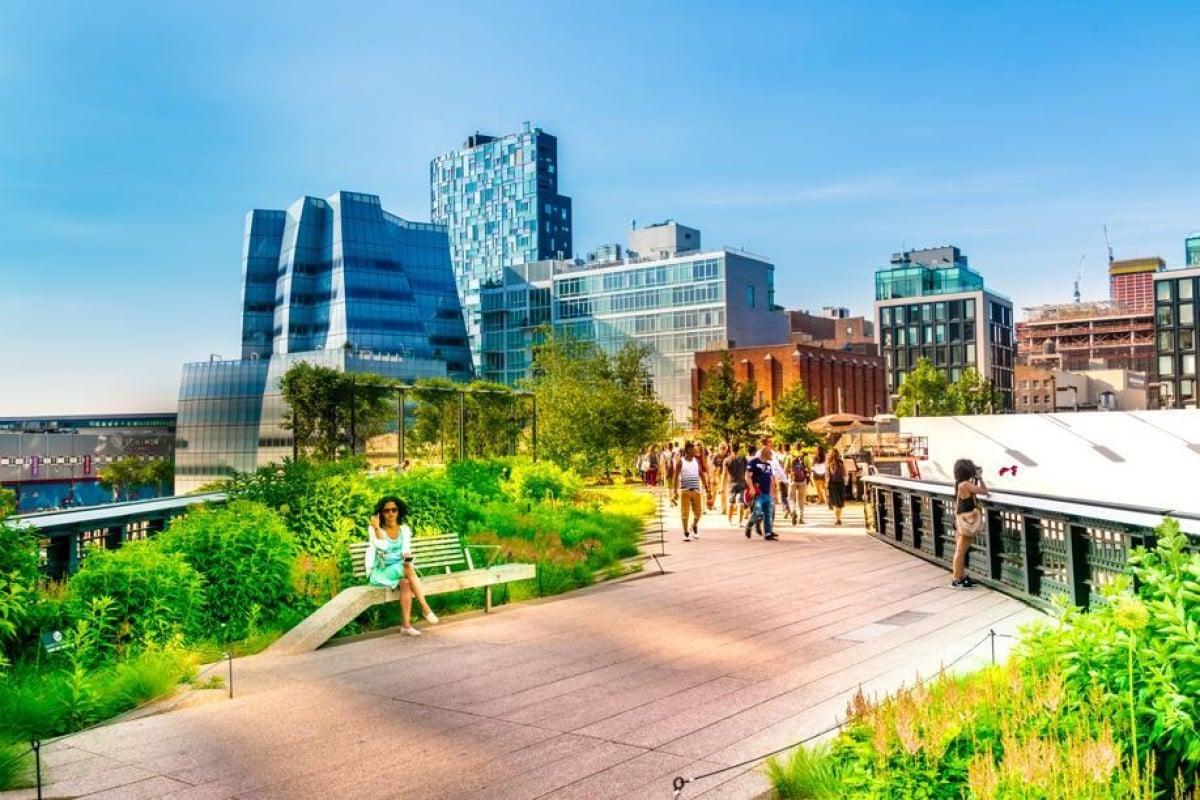
3 incredible examples of pedestrian-friendly urban design, as explained by an infrastructure expert
Urban design expert Sunny Choi speaks about how different cities around the world are shunning cars in favour of walkable spaces.
 Cities around the world are opting for car-free streets.
Cities around the world are opting for car-free streets. Problem: Congestion, pollution
Solution: Pedestrian walkways and vehicle-free zones
Who’s doing it?
Ljubljana, Slovenia
Ljubljana found an innovative way to remove congestion, noise and pollution from the city. Ten years ago, it banned all cars from the city centre, and the initiative has been a huge success. The city even offers a free taxi service for pregnant women, the disabled or elderly, to make sure everyone can still get around easily.
New York City, US
The New York City High Line was once a rail track, but it went out of use in 1980. The track has now been turned into an elevated park, featuring wildflowers, greenery and art installations. The High Line is now one of New York City’s most popular pedestrian spaces, not only offering great views of the city, but encouraging biodiversity and creating a healthier urban lifestyle for city dwellers.
In the 1970s, Seoul built a six-lane highway over its beloved Cheongyecheon Stream. But in the early 2000s, a proposal was made to tear down the congested highway and restore the river. The restoration was an enormous success. The stream became a popular green space for the public, and travel times actually improved in downtown Seoul.
Cheongyecheon Stream in South Korea was renovated in 2002 and is now a popular tourist attraction.
What the expert says
Different cities have different strengths, so it’s important to identify the forces that shape a certain environment, including social and cultural traditions. By playing to these strengths, we can enhance the unique identity of the city and community. Making smart changes to create spaces that best serve the people that use them improve both sustainability and the quality of urban life.
Dr Sunny Choi Hee-sun is a specialist in digital infrastructure, cultural identity and environmental sustainability, who has worked in Britain, South Korea and Hong Kong. She currently lectures at the Hong Kong Design Institute.
